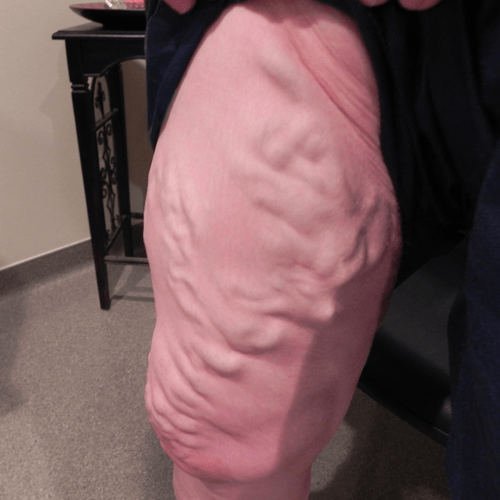Varicose Veins
What are varicose veins?
Varicose veins are a relatively common condition. In the U.S. alone, they affect up to 60% of all Americans. Yet only a small percentage of the people who suffer from varicose veins seek treatment.
Who’s at risk for varicose veins?
Chronic venous disease affects people of all races. Women are more likely them men to develop varicose veins. Other risk factors include age, family history, sedentary lifestyle, obesity, smoking and multiple pregnancies.
When should I see a doctor?
If you are having leg pain, even if it is just a dull ache, you should schedule an appointment with one of the Vein Care Specialists physicians. Without treatment, some people with chronic venous insufficiency (CVI) may experience debilitating leg pain that can significantly impact quality of life.
You should also see a doctor if:
- The pain interferes with daily activity.
- The vein has become red, very tender or warm to the touch, or swollen.
- The skin on the calf or ankle becomes thick and changes color.
- A vein begins to bleed.
- There are sores or rashes on the leg.
- The appearance of the vein is causing you distress.
How can varicose veins be treated?
Varicose veins are often dismissed as a cosmetic problem so people do not seek treatment until the disease has progressed. If caught early, however, there are minimally-invasive laser treatments available including sclerotherapy, EVLT, endovenous ablation or combination therapy. Surgical options exist for more advanced disease control.
A consultation with one of the Vein Care Specialists physicians can help determine the best treatment for your individual needs.



